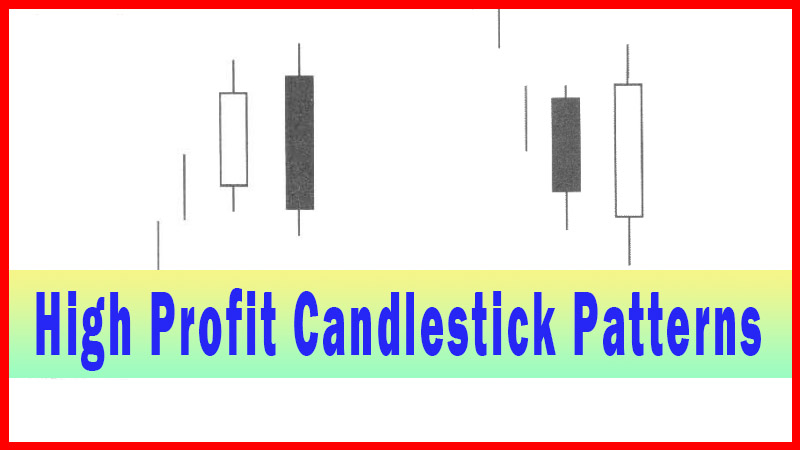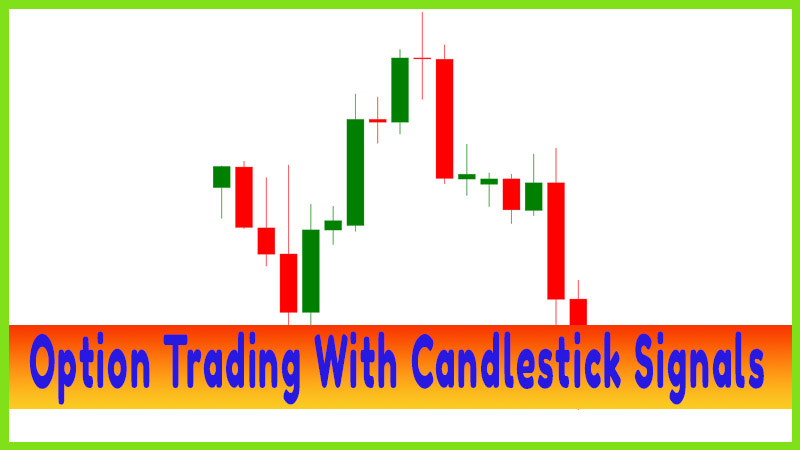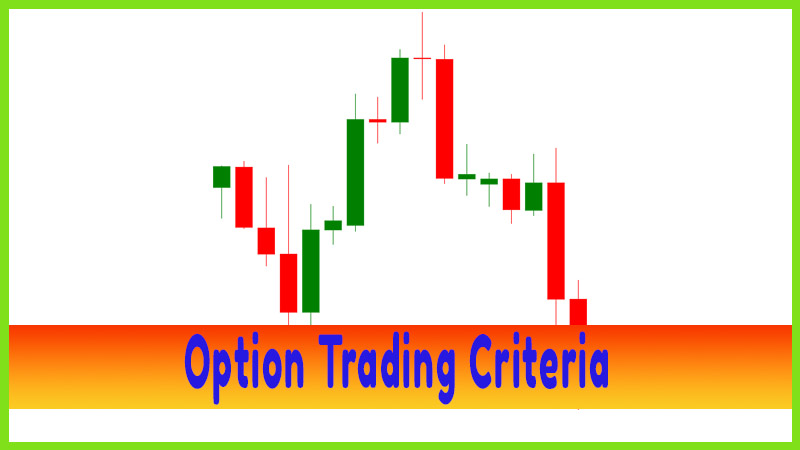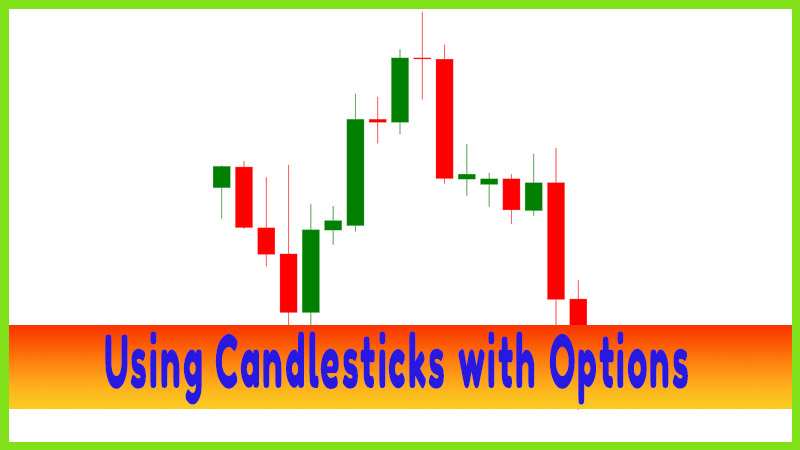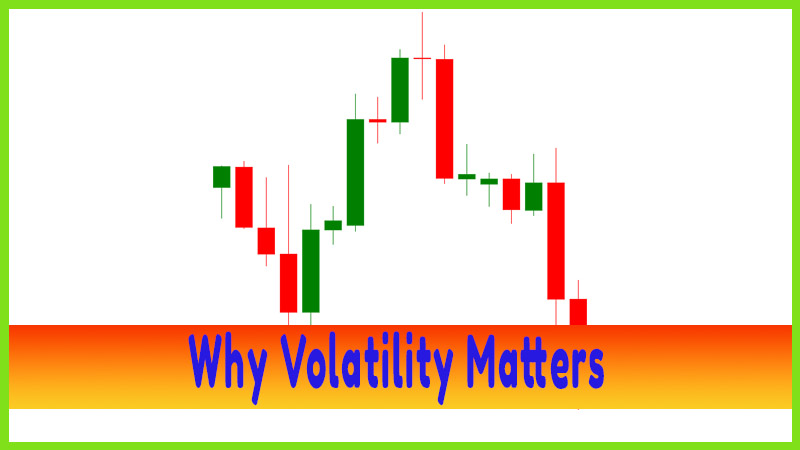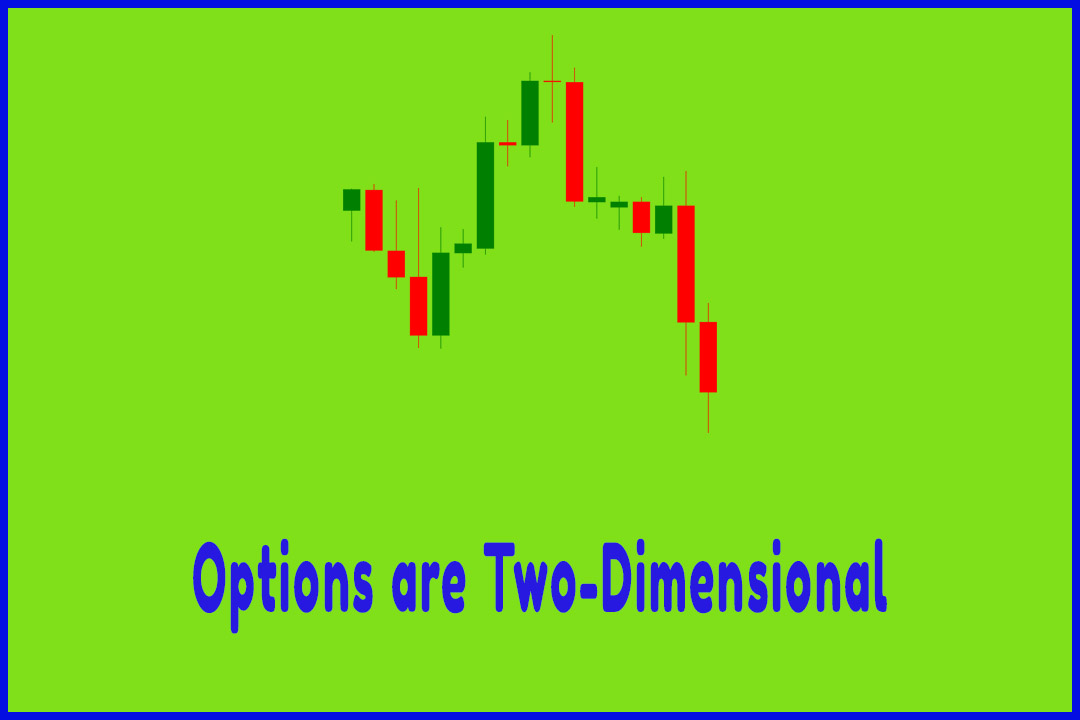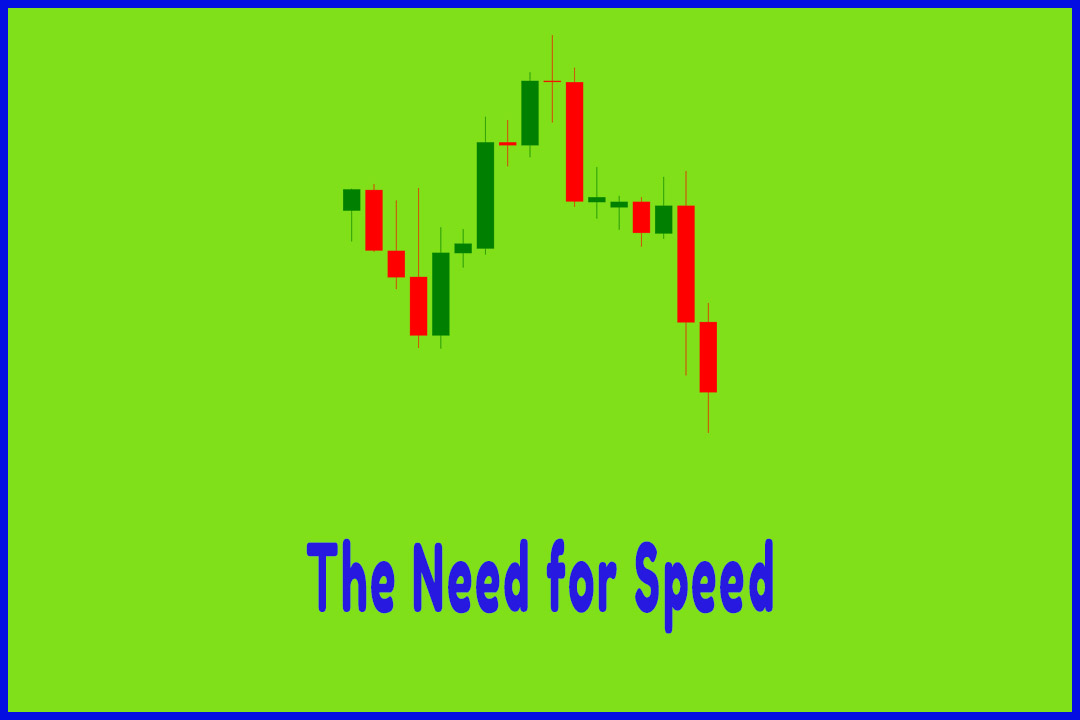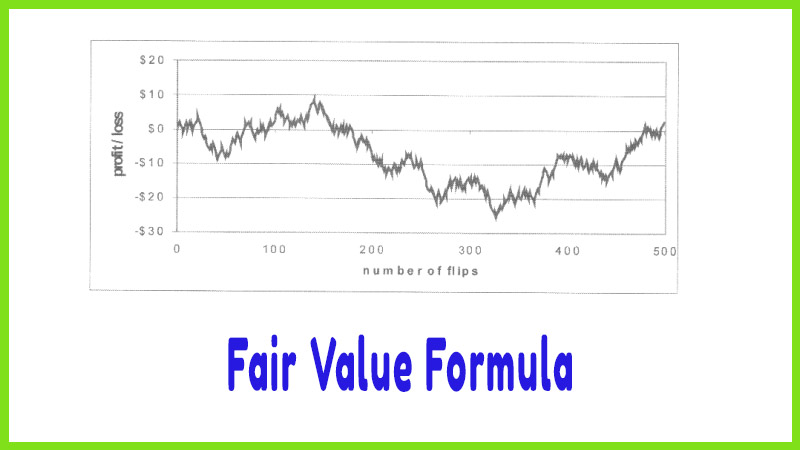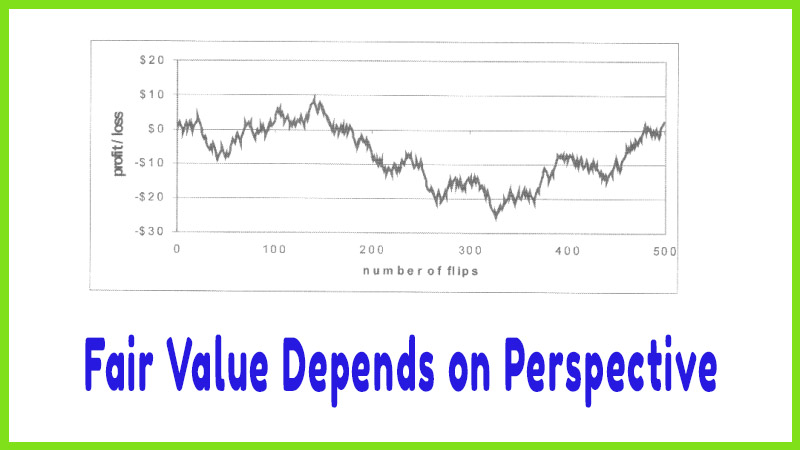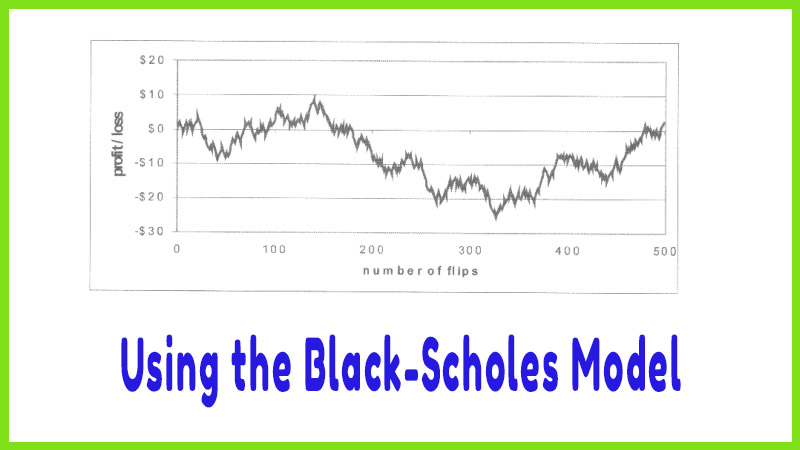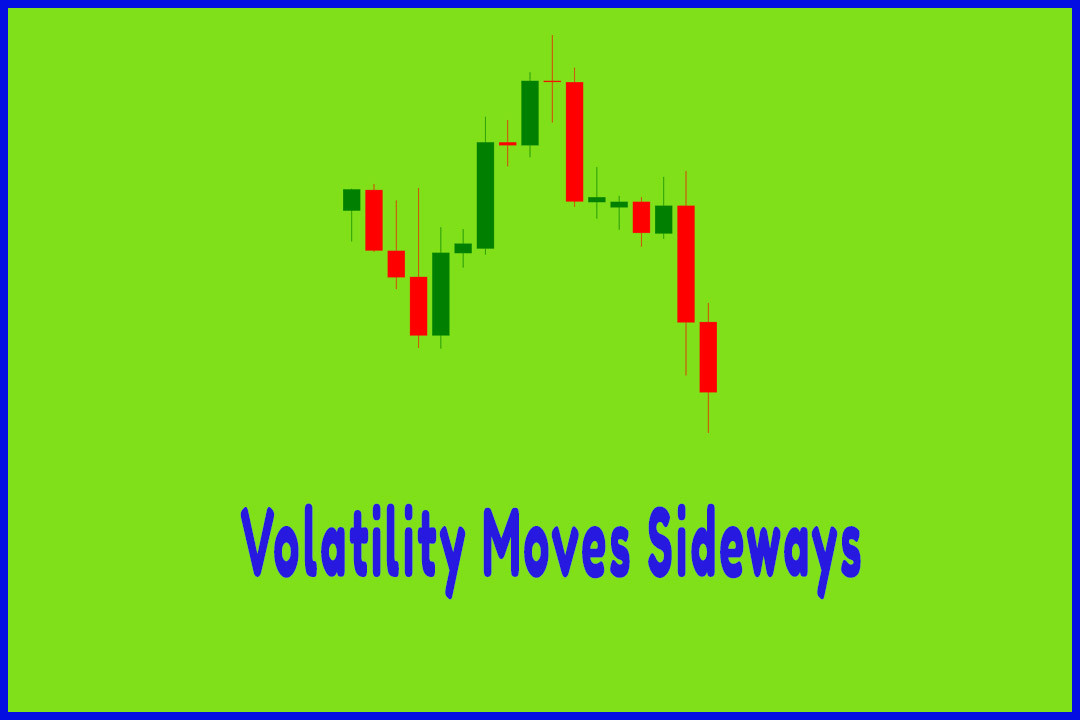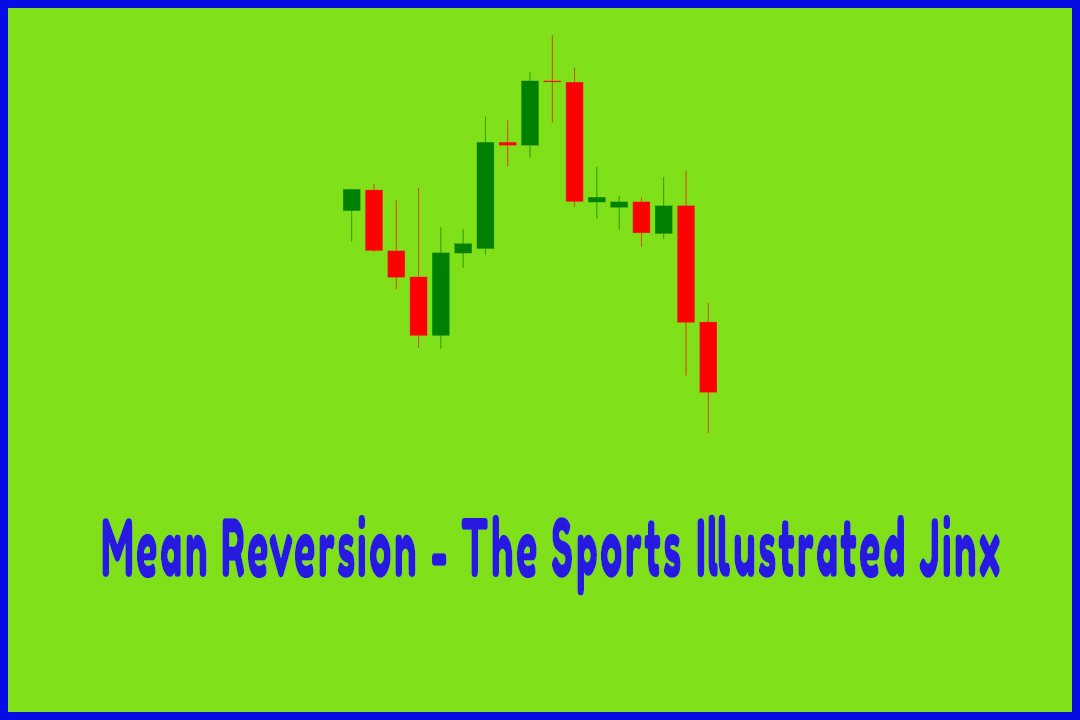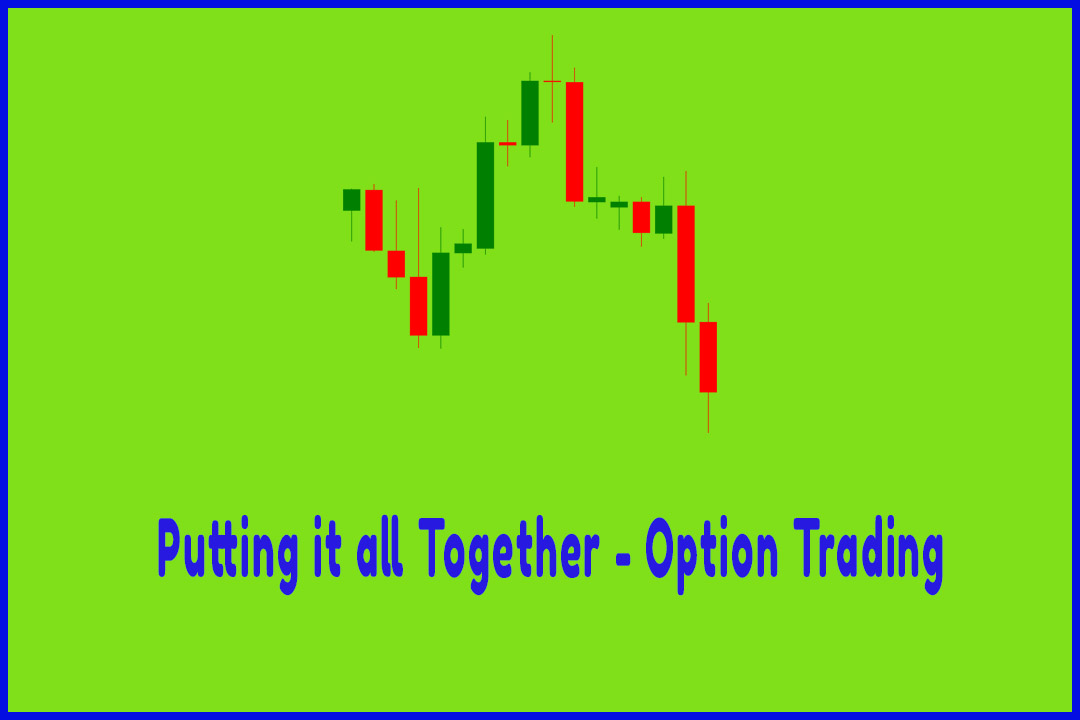Valuing an Option
option trading guidelines, option trading requirements, option trading good for beginners, best option stocks for beginners
Course: [ How To make High Profit In Candlestick Patterns : Chapter 6. Option Trading with Candlestick Signals ]
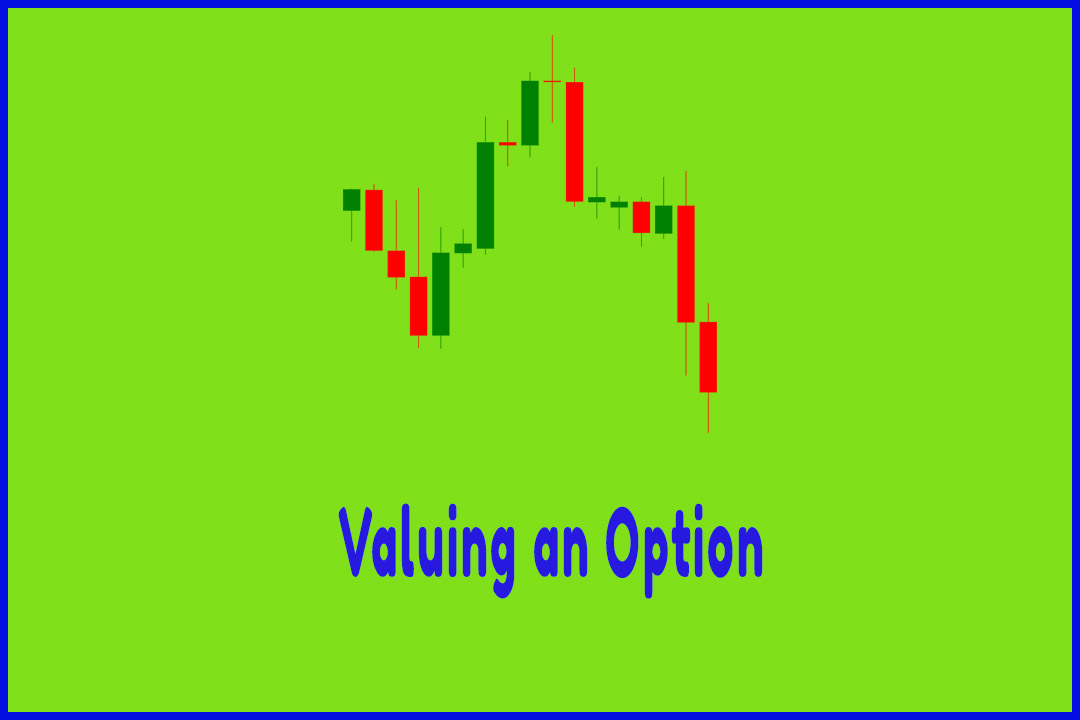
According to the Black-Scholes Model, the key ingredient in valuing an option is the future volatility - the volatility of the stock’s prices that will occur over the life of the option.
According
to the Black-Scholes Model, the key ingredient in valuing an option is the
future volatility - the volatility of the stock’s prices that will occur over
the life of the option. We do not need to know anything about the direction of
the stock (notice that the model does not ask you for a prediction on the direction
of the stock). The reason for this is that stock price changes follow a bellshaped
curve. Once we have the volatility (the standard deviation) we can determine
many probabilities since we know the following properties must hold for bell
curves:
1.
68% of the data fall within one
standard deviation
2.
95% of the data fall within two
standard deviations
3.
Essentially all of the data fall
within three standard deviations
As an
example, if we have a $100 stock with 30% volatility, we know that in one year:
1.
There is a 68% chance tire
stock’s price will fall between $70 and $130 (one standard deviation, or 30% on
either side of the current $100 price).
2.
There is a 95% chance the stock’s
price will fall between $40 and $160 (two standard deviations, or 2* 30% on
either side of $100)
3.
There is virtually a 100% chance
that the stock’s price would lay between $10 and $190 after one year (three
standard deviations, or 3 * 30% on either side of $100).
Once we
have a standard deviation (volatility), the Black-Scholes Model can then find the
probabilities and payoffs of the option and that means we can find the fair
value of the bet. If we are faced with low volatility, then there are only a
few possible stock prices that can occur and the option has only a few possible
small payoffs. Consequently, the option has a low price. But if there is a lot
of volatility then there are a lot of possible stock prices underneath that
bell curve and the bet become more valuable (the option has a much higher
price). For option trading it is important to remember the following: High volatility
equals high-priced options (true for both calls and puts). Low volatility
equals low-priced options.
Of
course, we will never know what the true volatility number is until after the
fact but we can get an idea based on past volatilities. There is one more
concept that we need to grasp before putting all of this information together.
That is, volatility tends to move sideways over time. Let’s take a closer look
at why this statement is true.
How To make High Profit In Candlestick Patterns : Chapter 6. Option Trading with Candlestick Signals : Tag: Candlestick Pattern Trading, Option Trading : option trading guidelines, option trading requirements, option trading good for beginners, best option stocks for beginners - Valuing an Option
